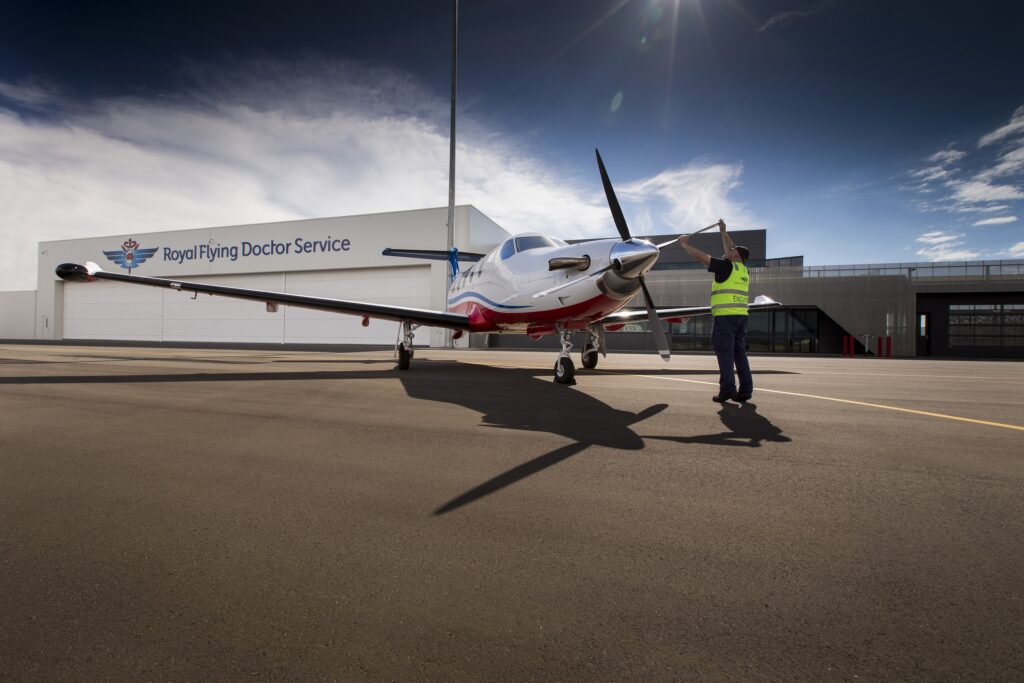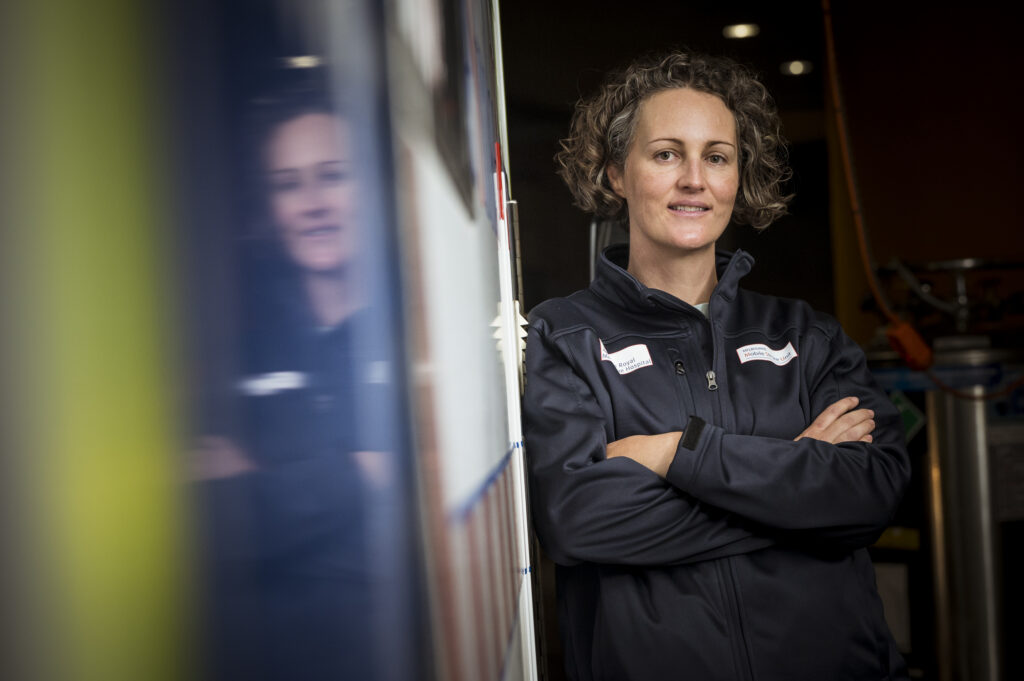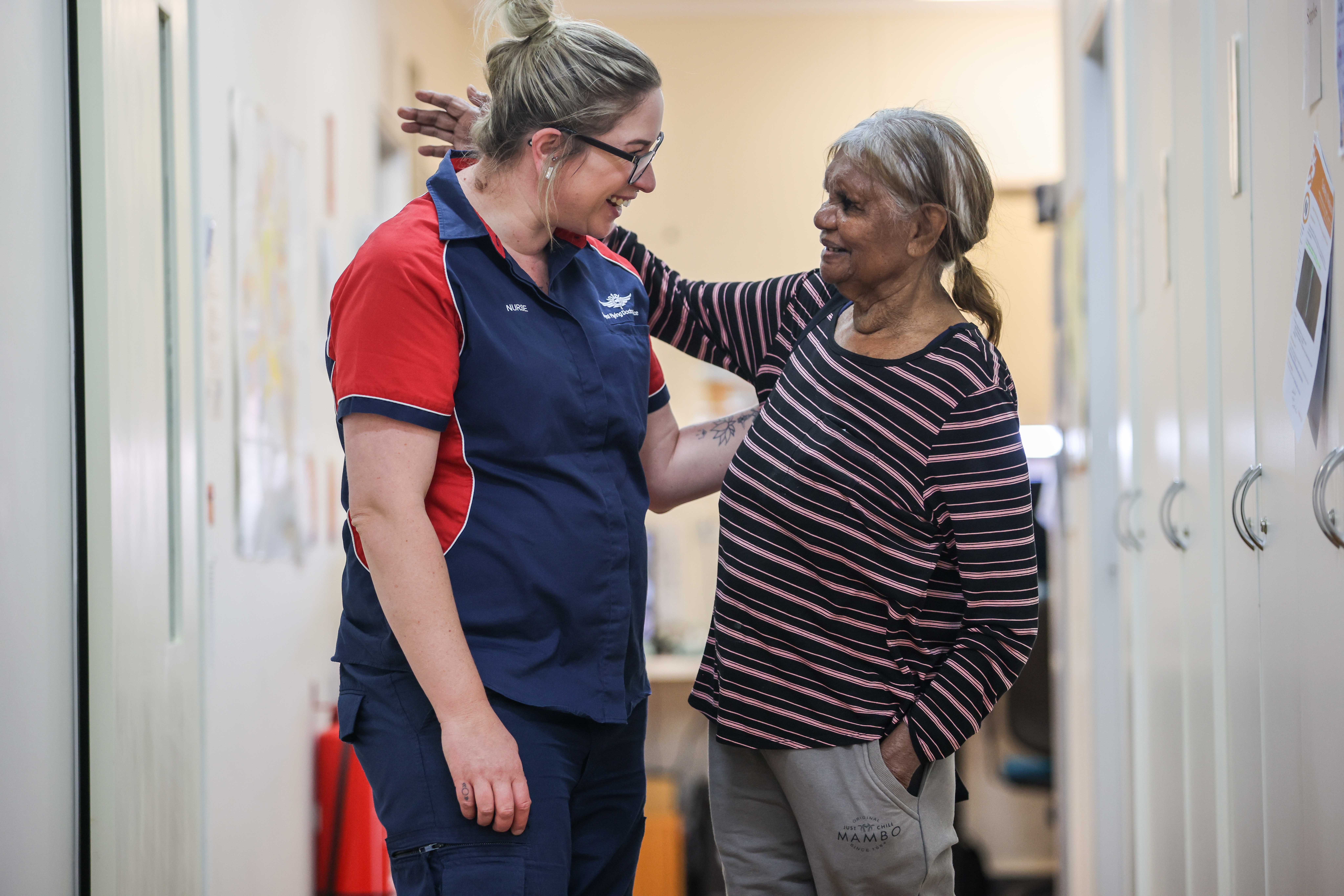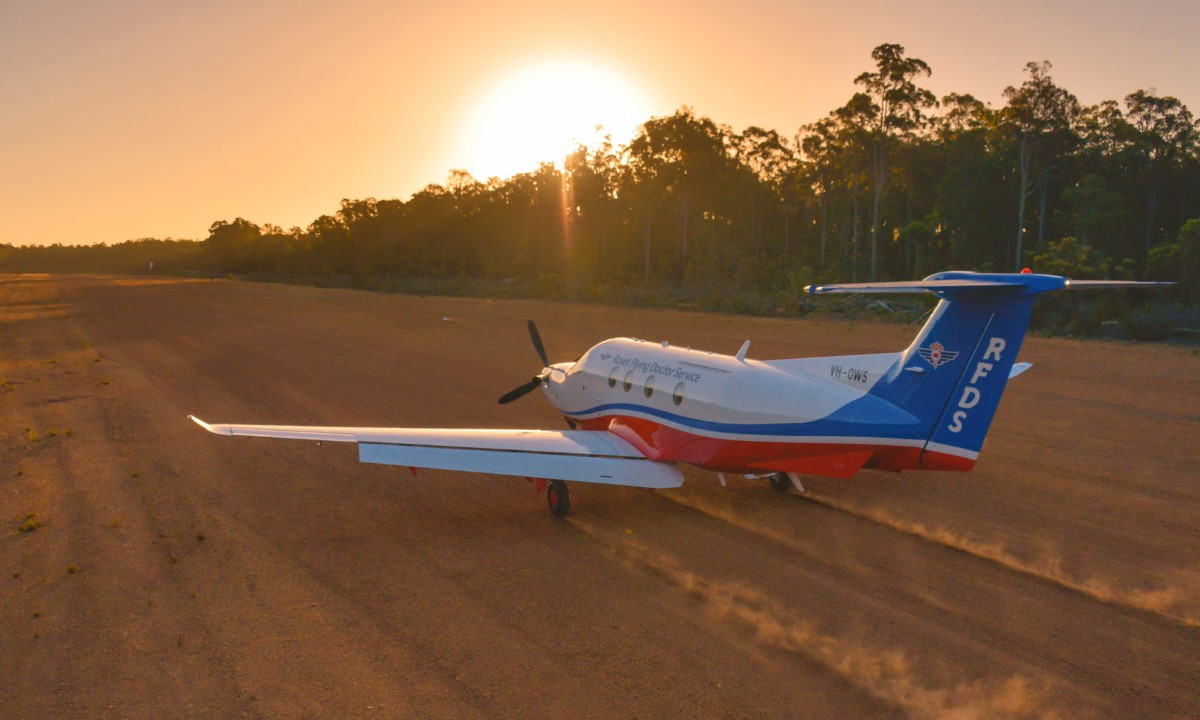A new report from the Royal Flying Doctor Service highlights the inequities in access to health care in the bush, with 10% of people in remote areas not having access to primary care …
Improved health planning is required in Australia’s regional and remote areas to improve access to primary care, the Royal Flying Doctors Service (RFDS) writes in its new publication Best for the bush, rural and remote health base line 2022 report, which was released last week.
“Those living in rural and remote parts of our country experience poorer health outcomes and shorter lifespans,” the report said.
“In order to address this, there must be equitable access to services … this is not currently the case.”
The report also highlighted the reduced life expectancy for people in very remote areas of Australia.
“As recently as 2020, females in very remote areas were likely to die 19 years earlier than their counterparts in major cities, 13.9 years for males,” the report said.
For Indigenous Australians, their life expectancy was six years less than Indigenous people living in major cities (6.9 years less for women and 6.2 years less for men). Indigenous people represent 31.5% of the total population in remote and very remote areas (combined).

The importance of access to primary care
The report highlighted another impact of the coronavirus disease 2019 (COVID-19) pandemic; a 25% increase in priority one RFDS retrievals (to be retrieved within one hour) in 2020 and 2021.
“This suggests that the RFDS retrieved patients who were sicker after lockdowns,” the report said.
“[This] is likely to be a result of reduced access to primary healthcare during the pandemic.”
The RFDS Executive Director Frank Quinlan told InSight+ these are concerning findings.
“People are now sicker, they have not had this preventative screening, or they have not had their diseases managed,” he said.
“You would not wish this sort of natural experiment on anyone … But taking the inverse approach, what that says to us is all those primary health activities actually work. They are actually very effective at reducing illness, identifying disease early and preventing people from becoming sicker than they need to be.”
The also report found many people in rural and remote Australia do not have access to vital primary care.
The report found that “44,930 people in remote and very remote Australia had no access to any type of primary healthcare service within a 60-minute drive time of their place of residence”.
This is the equivalent of almost 10% of people who live in remote Australia.

A glimmer of hope in stroke care
The number one area reason for aeromedical retrieval was diseases of the circulatory system, including cardiovascular disease, heart attack and stroke.
Specialist physician at Alice Springs Hospital, Dr Anna Holwell, told InSight+ there is a growing awareness of the risk factors and signs of heart disease.
“But there’s not as much awareness of stroke and the causes of stroke, particularly in remote communities and populations,” she said.
The Australian Stroke Alliance is working towards changing that. In 2021, the Alliance was awarded $40 million by the Medical Research Future Fund to conduct a five-year research program. Through introducing lightweight, portable brain scanners and improving telehealth technology, the Alliance is hoping to reduce the possibility of disability and death of rural and remote people.
“Ultimately, this will result in increased numbers of patients receiving optimal stroke care with improved patient experiences and outcomes,” neurologist and Australian Stroke Alliance Co-Chair Professor Stephen Davis said.
“We also acknowledge the potential for these initiatives to improve stroke services in other rural and remote regions, and how this framework could be applied to other diseases in rural and remote areas.”
Dr Holwell has already seen improvements in patient care.
“Central Australian residents have access to really lifesaving therapies through thrombolysis and clot retrieval. It’s not only lifesaving, but it also has evidence that it improves functional outcomes,” she said.

Engaging with communities
A key component of working in remote Australia is engaging with the community, particularly Indigenous communities.
“There is nothing worse than a group of people coming in and putting in some ‘whiz-bang’ new machine that no one knows how to use, and sits in the corner gathering dust,” Dr Holwell said. “I think that the key to this is engaging with the community and asking them what they want, getting them on board and working with them to provide the best outcome for everyone.”
Community engagement is key to seeing transformational change.
One Northern Territory GP, who preferred to remain anonymous, said they have seen the impact community engagement can make, particularly when there are Indigenous health workers on staff.
“I have worked in some clinics where there are no Aboriginal workers at all, where the whole clinic is run by non-Aboriginal people and that where you get the worst outcomes,” they said.
They said there are unique insights that can only be understood by working within communities.
“Indigenous people are very communal and very family oriented, nobody makes individual decisions about their health … I was working with this Indigenous manager, and he had a real perspective that we should work with people as family. Sitting one-on-one is almost an exercise in futility. People do not decide what they are going to eat for dinner, that is a family decision, for example,” they explained.
Rural and remote workforce challenges
Another key component to improving health outcomes is building the right workforce.
“A lot of communities report that it is much harder to get people to move away from metropolitan centres and even regional centres out into more remote locations,” Mr Quinlan said.
According to Dr Holwell, many health care workers fear working in rural or remote areas because it’s unfamiliar.
“The fear of people to take a bit of a leap and go into what might be the unknown. We have a lot of registrars that rotate here for three, six or 12 months,” she told InSight+. “A lot of them have a little bit of trepidation about coming to Alice Springs … they do not really know what to expect.
“Uniformly at the end of their terms, the resounding feedback we get is ‘we have just had the best term, I wish I had known how good it was up here’.”
The Northern Territory GP agreed.
“There is something fantastic about purposeful work, and it is very fulfilling,” they said.
“After spending time with people over years and starting to get the trust, you do have a lot of wins. People start to trust you, and you can see that you can make some difference. And that’s very fulfilling.”
Although they love their job working in remote communities, they have bigger plans.
“I am keeping the seat warm for an Aboriginal person, because I know that Aboriginal Health Workers will do a much better job than I do,” they said.
Subscribe to the free InSight+ weekly newsletter here. It is available to all readers, not just registered medical practitioners.

 more_vert
more_vert
I started a support service in Brisbane in 2012 – Breaking Down The Barriers For Rural Patients In City Hospitals because there is a massive gap in the system for those required to travel for medical needs. There are many barriers restricting people traveling and this is impacting health outcomes. My free service allows patients to have a few less things to worry about – free transport and free home cooked meals. It’s a very difficult situation when you have no support networks and are flown to the airport but not given a subsidy yo go to hospital from the airport and no direct route for public transport to access the hospital. Many pay a minimum of $60 each way in taxis.
So many Barriers in accessing health care that commu ities have a right to access. I look forward to bigger regional hospitals with wider range of specialists available. More needs to be invested in these communities and help take the pressure off the city hospitals.